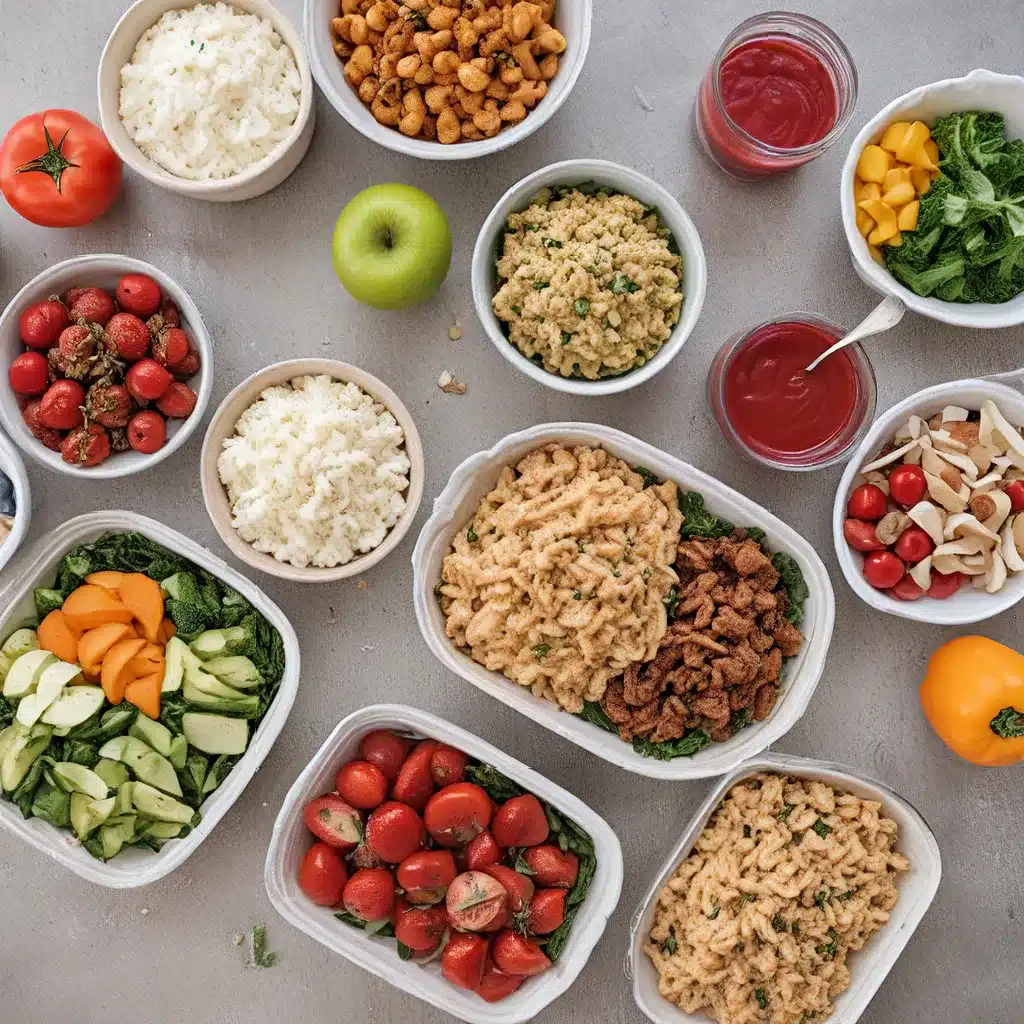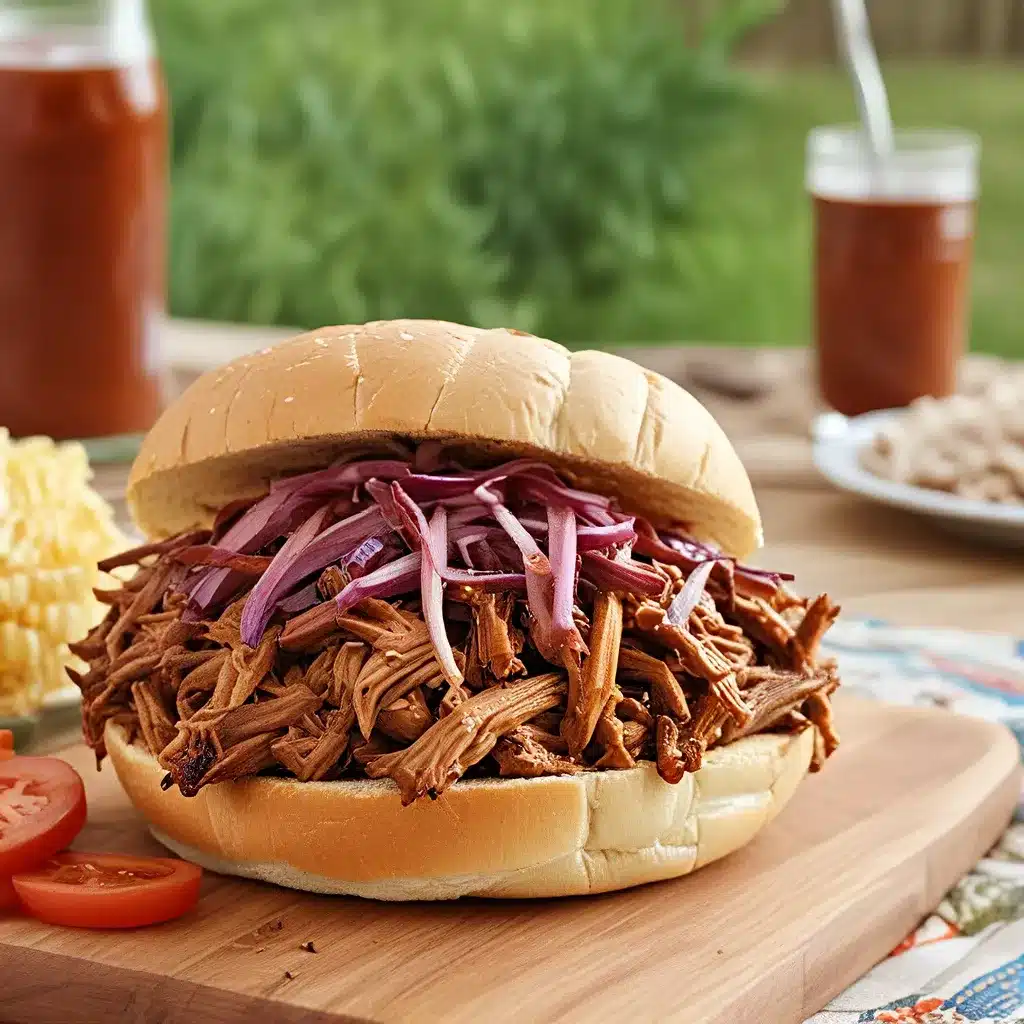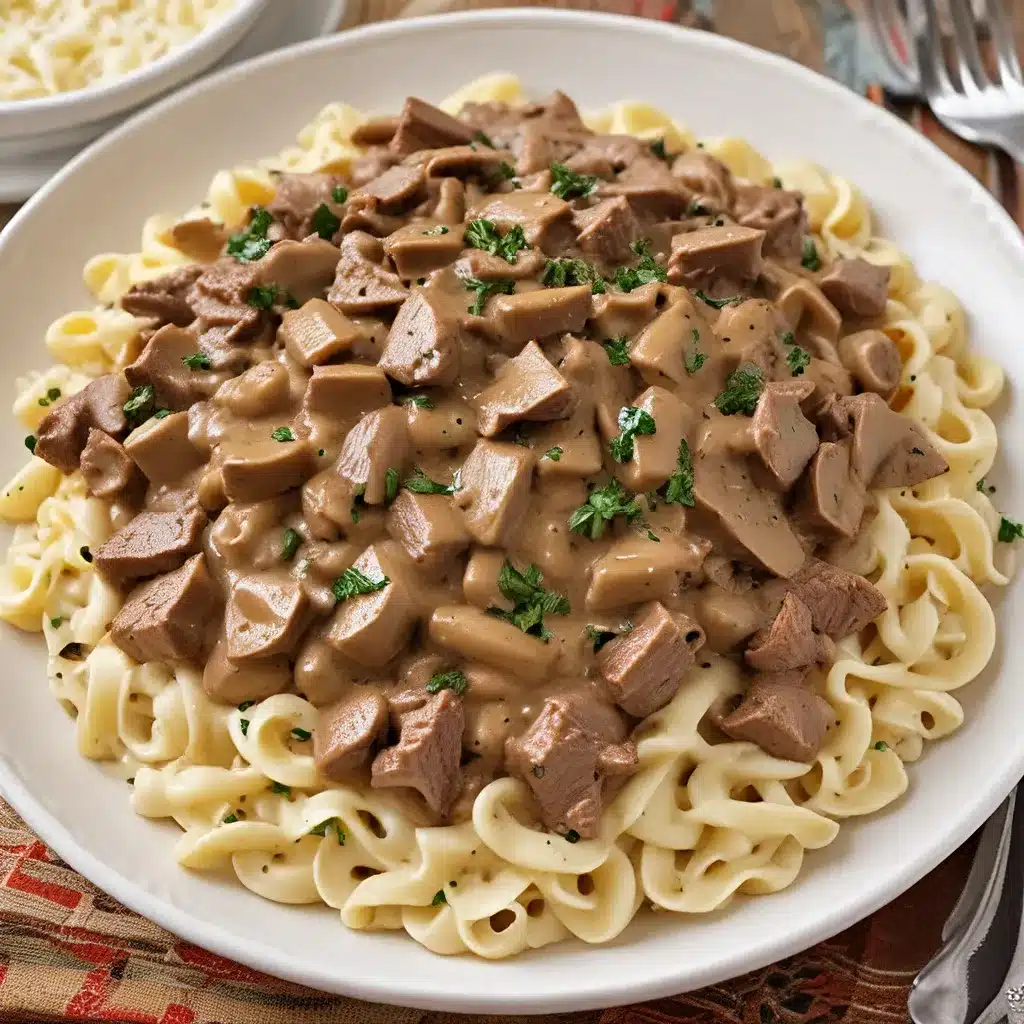
Ah, the daily dinner dilemma – that age-old quandary that plagues busy households everywhere. Between work, school, activities, and the endless to-do list, finding the time and energy to plan, shop, and prepare nutritious meals can feel like an insurmountable task. But what if I told you there’s a better way? A method that not only saves you time and stress but also helps you put wholesome, homemade food on the table more consistently?
Welcome to the wonderful world of meal planning! This simple yet powerful technique has transformed the way I approach feeding my family, and I’m confident it can do the same for you.
Laying the Foundation: Creating a Master Meal List
The first and most crucial step in successful meal planning is to create a comprehensive master list of meals that your family enjoys. This list will become your go-to resource when planning your weekly menus, streamlining the decision-making process and ensuring that everyone’s preferences are taken into account.
To get started, gather your loved ones and brainstorm their favorite dishes, categorizing them into groups like “Meatless Mondays,” “Taco Tuesdays,” and “Slow Cooker Sundays.” Involving the family not only ensures that your meal plan caters to everyone’s tastes but also instills a sense of ownership and investment in the process.
Don’t forget to include easy, kid-friendly meals that your children can help prepare, empowering them to develop valuable life skills and fostering a love for cooking. Even simple tasks like making a peanut butter and jelly sandwich or assembling a salad can be a fun, educational experience.
As the experts at Habits & Home advise, “Encouraging your family to cook meals without you instills a sense of self-sufficiency and independence. By allowing them to take charge of meal preparation, you’re providing an opportunity for personal growth and development.”
Streamlining the Weekly Meal Planning Process
With your comprehensive master meal list in hand, it’s time to tackle the weekly meal planning routine. Set aside a dedicated time each week, such as a Sunday morning or Saturday afternoon, to review your calendar and select the meals that will best fit your family’s schedule.
As Lucie’s List suggests, “When a system is obvious, it means it is easily visible or apparent in your daily environment. An obvious system is one that is prominently displayed or cues you to take action without much effort or conscious thought.”
This is where a simple meal planning template, like a magnetic tear pad for your fridge, can be a game-changer. By having your weekly menu in plain sight, you can eliminate the constant “What’s for dinner?” questions and ensure that everyone in the family is on the same page.
As you map out your meals, consult your calendar to plan around any activities, events, or commitments that may impact your dinner routine. This will help you identify opportunities to batch cook or prepare easy, no-fuss meals on busier nights.
Don’t forget to check your pantry and refrigerator before adding new ingredients to your shopping list. This not only helps you avoid purchasing unnecessary items but also encourages you to use up what you already have, reducing food waste and keeping your kitchen organized.
Grocery Shopping with Intention
With your weekly meal plan in hand, it’s time to tackle the grocery store. Rather than aimlessly wandering the aisles, make a strategic shopping list organized by section, such as produce, dairy, and meats. This streamlined approach will save you time and keep you focused on the items you need.
As the Vegan Family Kitchen experts advise, “Buying in bulk can be a great way to save money and reduce packaging waste. However, it’s essential to weigh the pros and cons before committing to this approach. On the plus side, buying in bulk often offers lower prices per unit and reduces the amount of packaging needed. On the other hand, bulk purchases may lead to food waste if you can’t use all the items before they spoil.”
Consider incorporating grocery delivery or pick-up services into your routine, as they can save you valuable time and energy. Just be mindful of any potential fees or limitations, and weigh the convenience against your budget and control over item selection.
Embracing the Meal Planning Lifestyle
Consistent meal planning may take some time to get used to, but the rewards are well worth the effort. Imagine the sense of calm and organization that comes from knowing exactly what’s for dinner each night, without the last-minute scramble.
By following this streamlined approach, you’ll not only save time and reduce stress but also minimize food waste and stretch your grocery budget further. Plus, the satisfaction of providing your family with wholesome, homemade meals is truly priceless.
Remember, the key to making meal planning a lasting habit is to create a system that is obvious, attractive, easy, and satisfying. Lean on the experts’ advice, explore the resources available on Home Cooking Rocks, and don’t be afraid to experiment until you find a routine that works for you and your family.
So, are you ready to say goodbye to the daily dinner dilemma and hello to a more organized, stress-free mealtime experience? Embrace the power of meal planning, and watch as it transforms not just your kitchen, but your entire household.






